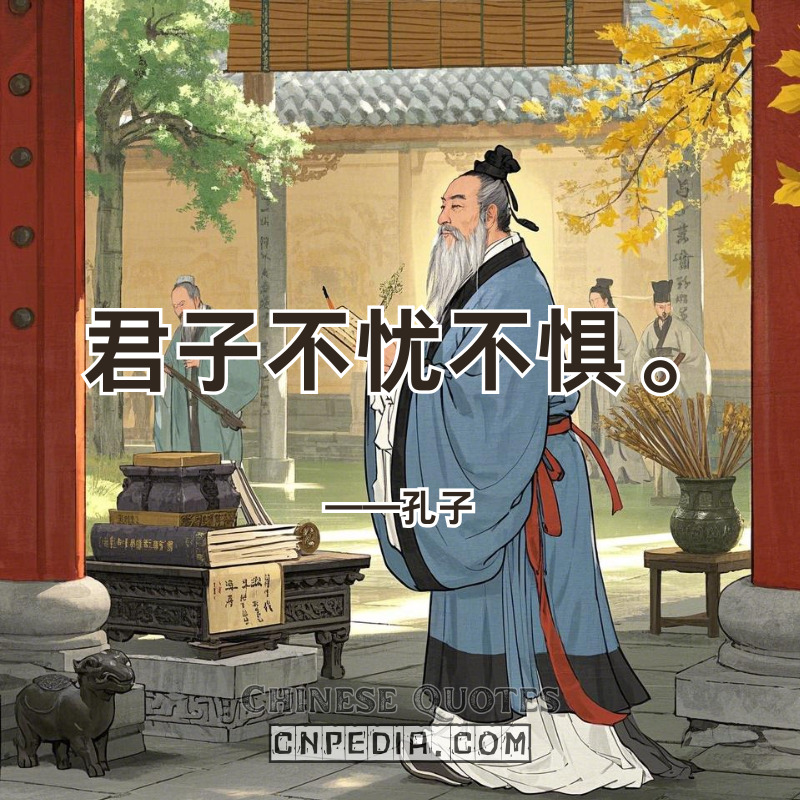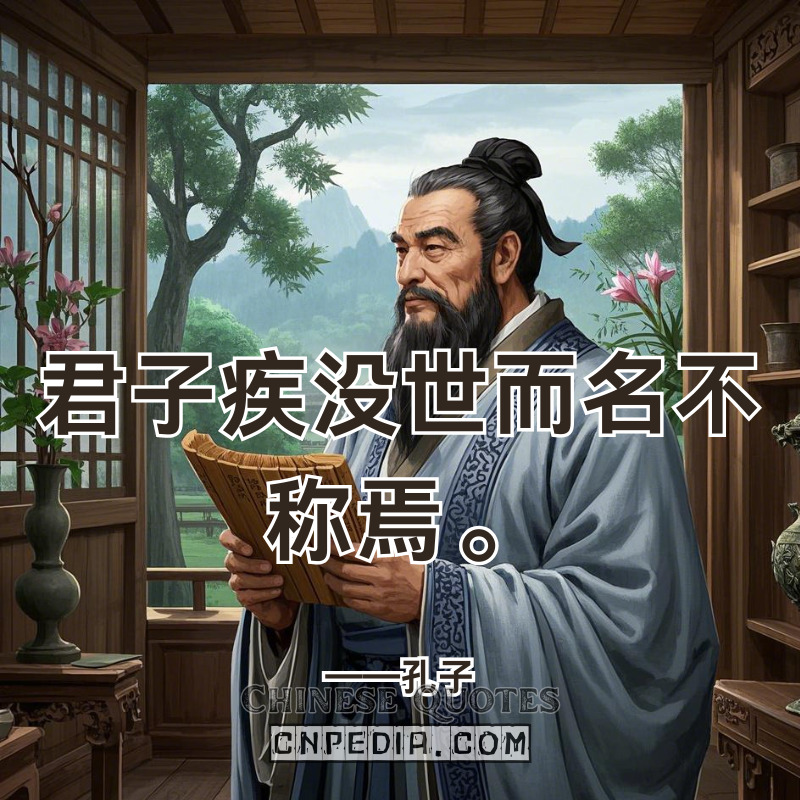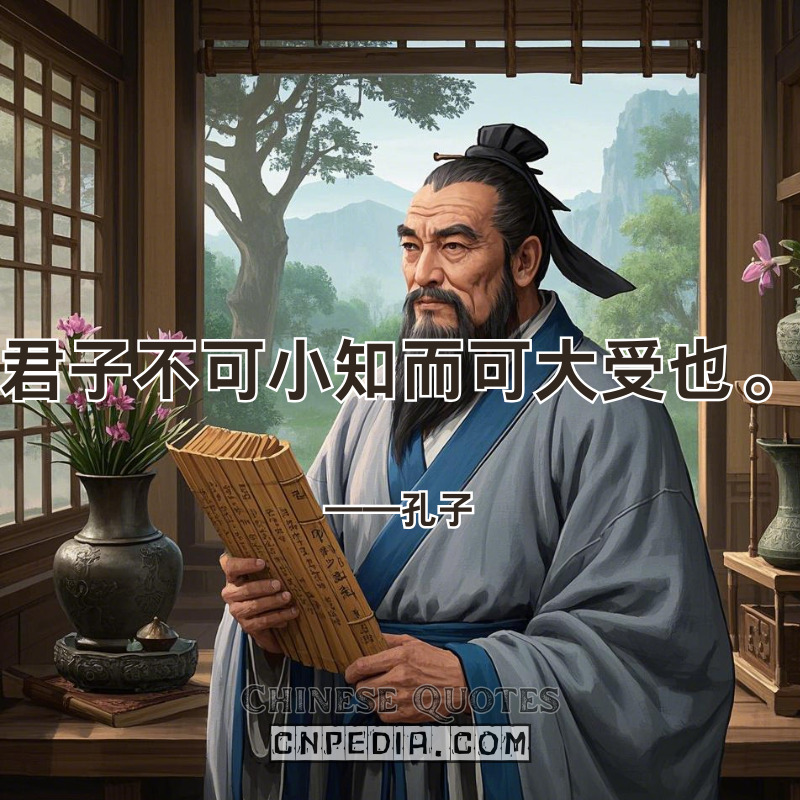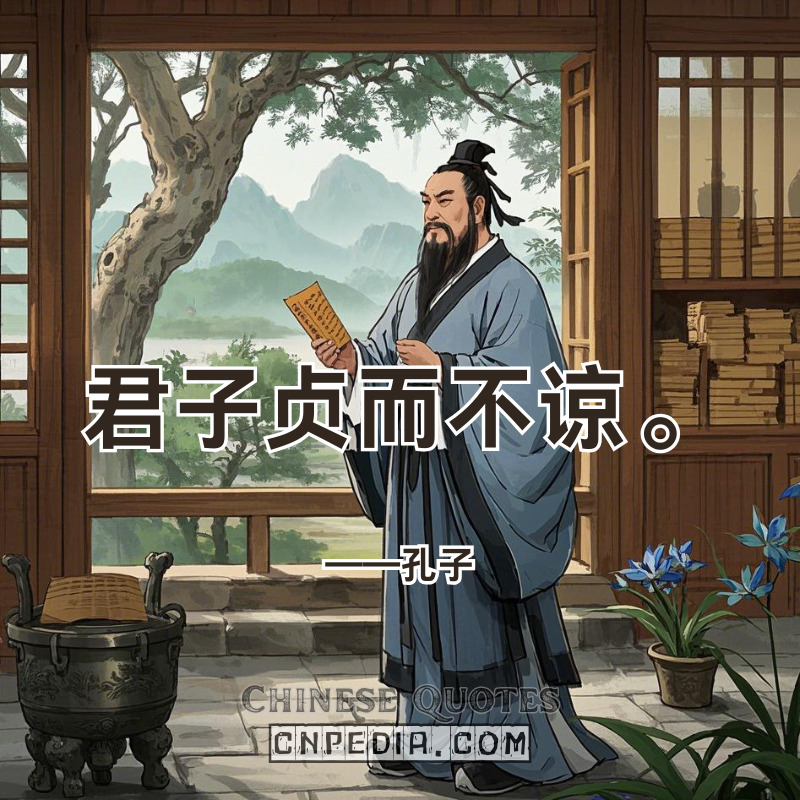学而时习之,不亦说乎?——孔子
(xué ér shí xí zhī, bú yì yuè hū — Kǒngzǐ)

Translation: “To learn and timely practice—is this not joy?”
Explanation:
Confucius’ maxim “To learn and timely practice—is this not joy?” challenges the ritualized, rote-learning traditions of the Western Zhou aristocratic education system, which prioritized memorization of ceremonial texts over practical application. By redefining xi (习, “practice”) as active implementation rather than passive repetition, Confucius reframed education as embodied knowledge—a dynamic unity of knowing and acting (zhi xing he yi). The character 习 originally depicted “wings flapping” in oracle bone script, symbolizing knowledge taking flight through real-world engagement. This philosophy anticipates modern pedagogical theories like heutagogy (self-directed learning), where learners internalize and adapt knowledge through experiential cycles of reflection and practice.
Confucius’ emphasis on joy (yue) in learning further subverts rigid hierarchies, positioning education not as a tool for social conformity but as a liberating, lifelong pursuit of self-cultivation. Today, this aligns with progressive models such as project-based learning and flipped classrooms, which prioritize critical thinking over standardized testing. By grounding wisdom in ethical action, Confucius’ teaching transcends its historical context, offering a timeless framework for fostering curiosity, adaptability, and intellectual autonomy in an ever-changing world.








——Records-of-the-Grand-Historian-Biographies-of-the-Money-makers.jpg)
——Records-of-the-Grand-Historian-Biographies-of-the-Money-makers.jpg)
——Records-of-the-Grand-Historian-Biographies-of-the-Money-makers.jpg)
——Records-of-the-Grand-Historian-Biographies-of-the-Money-makers.jpg)
——Records-of-the-Grand-Historian-Biographies-of-the-Money-makers.jpg)
——Records-of-the-Grand-Historian-Biographies-of-the-Money-makers.jpg)